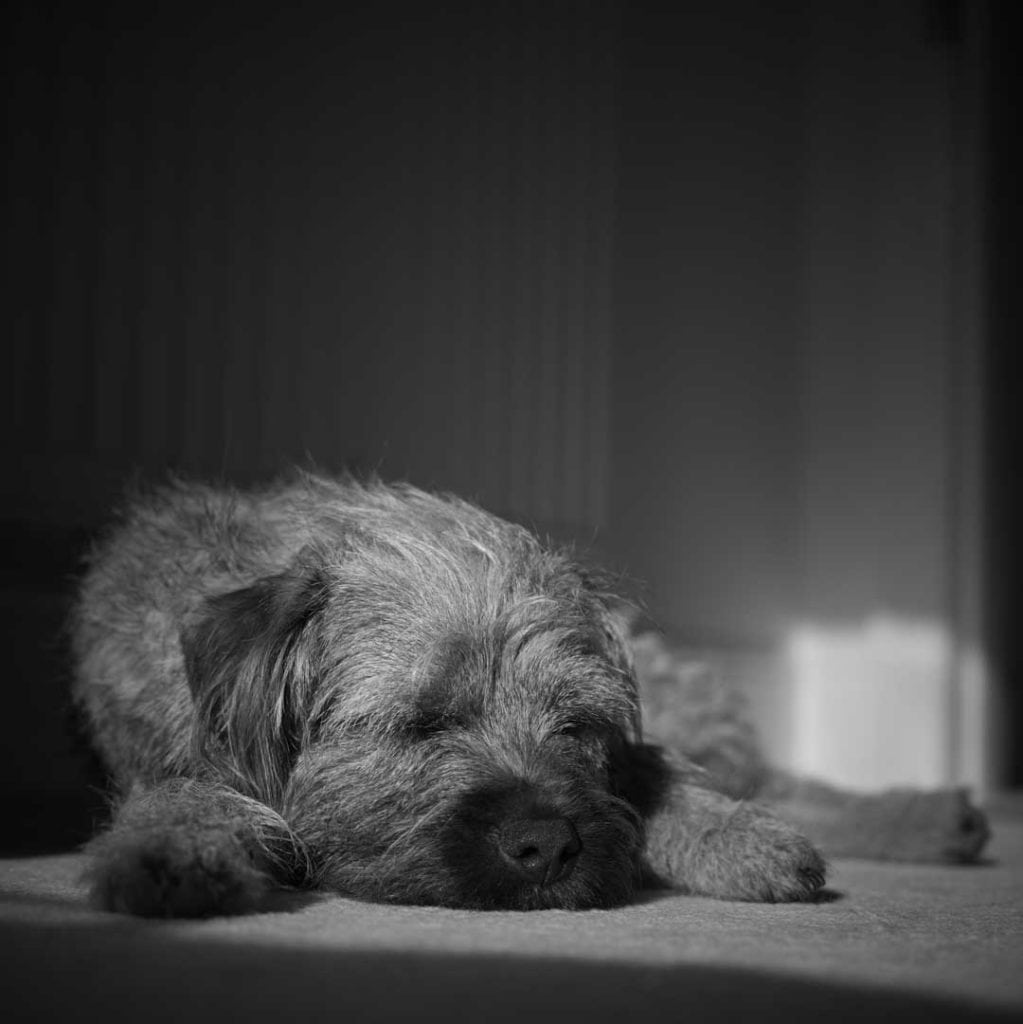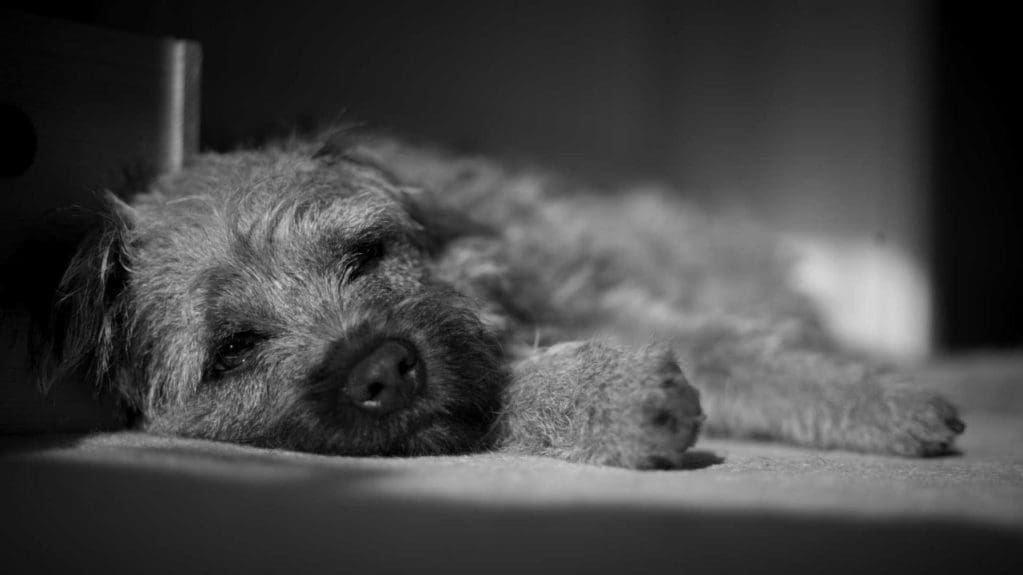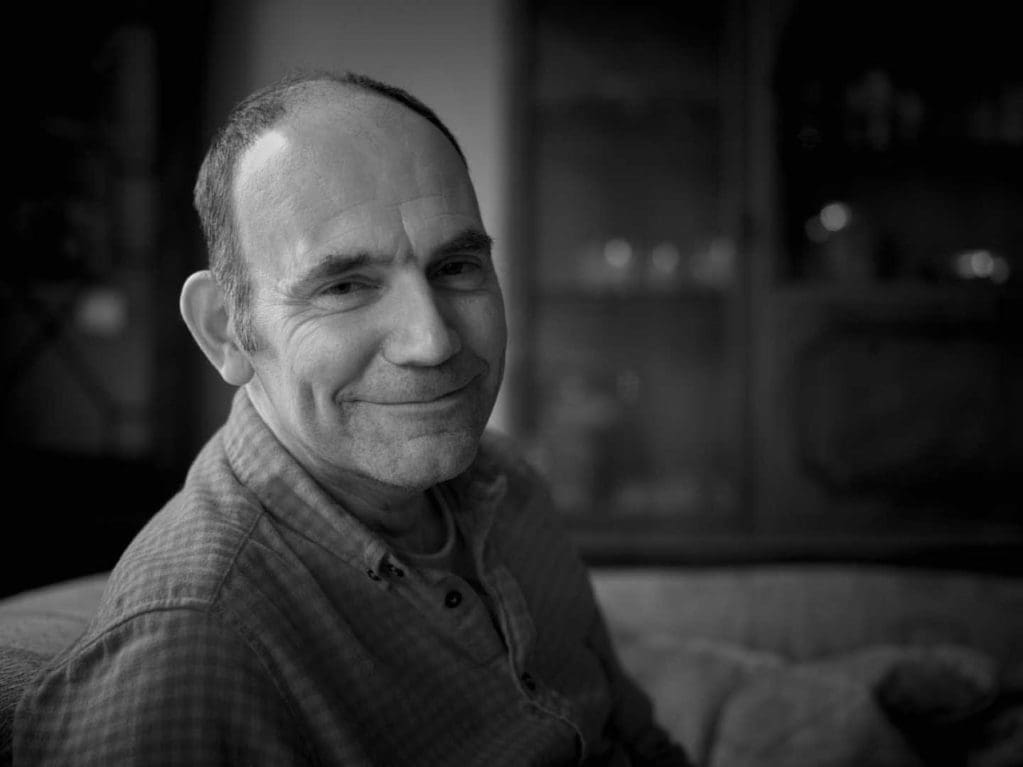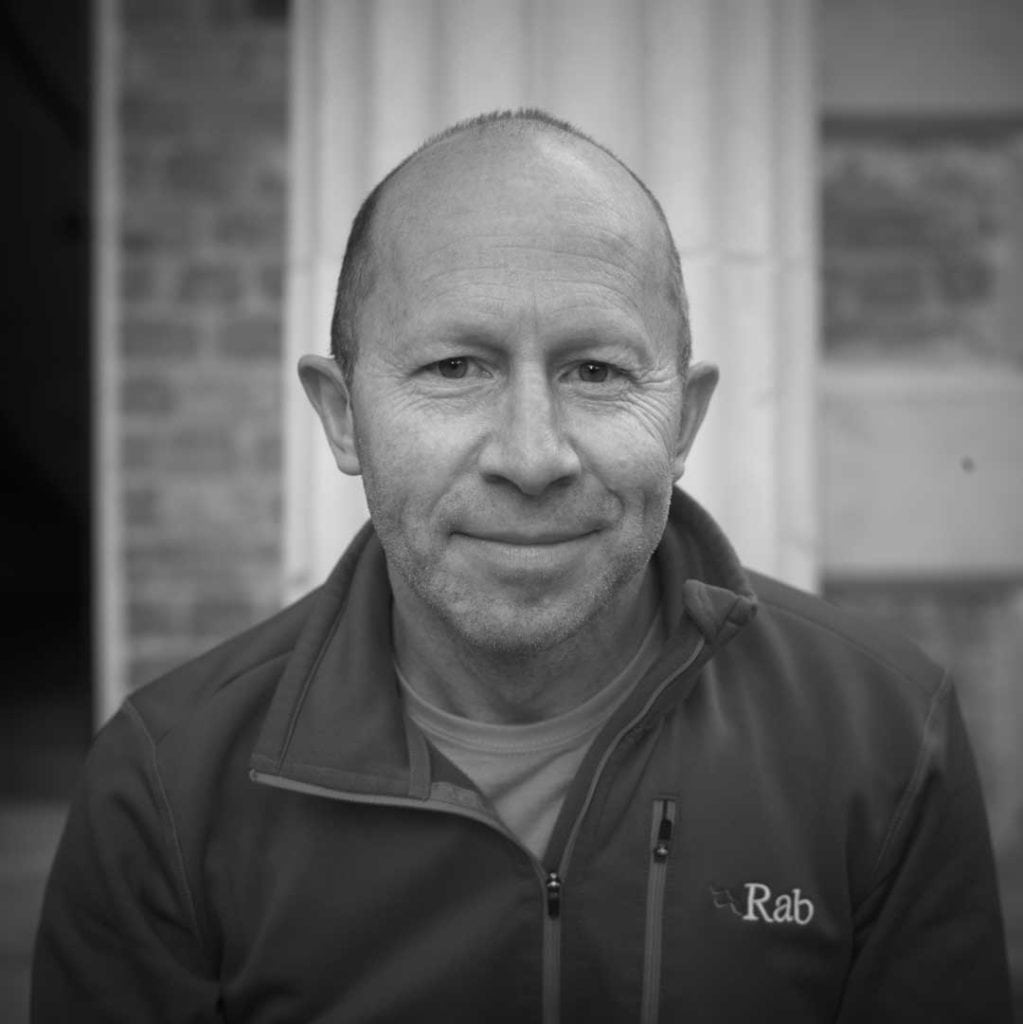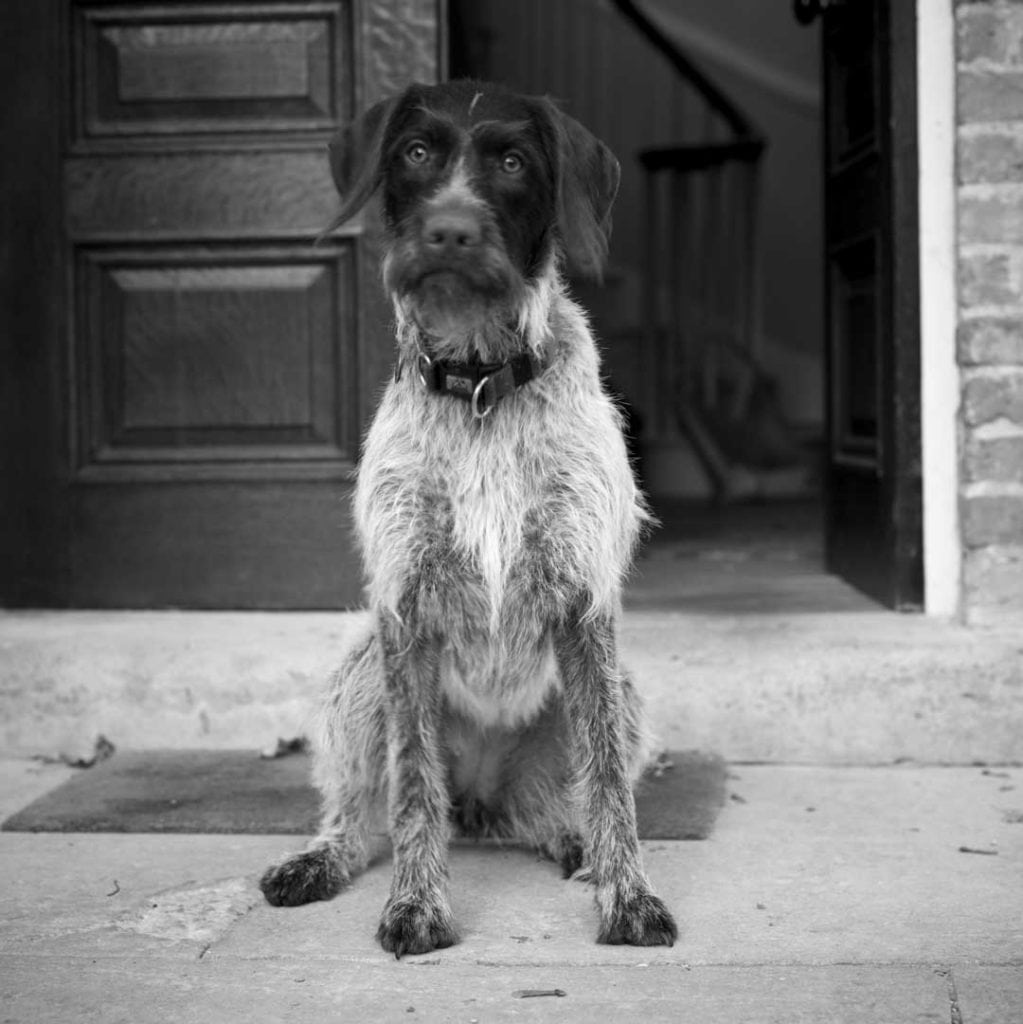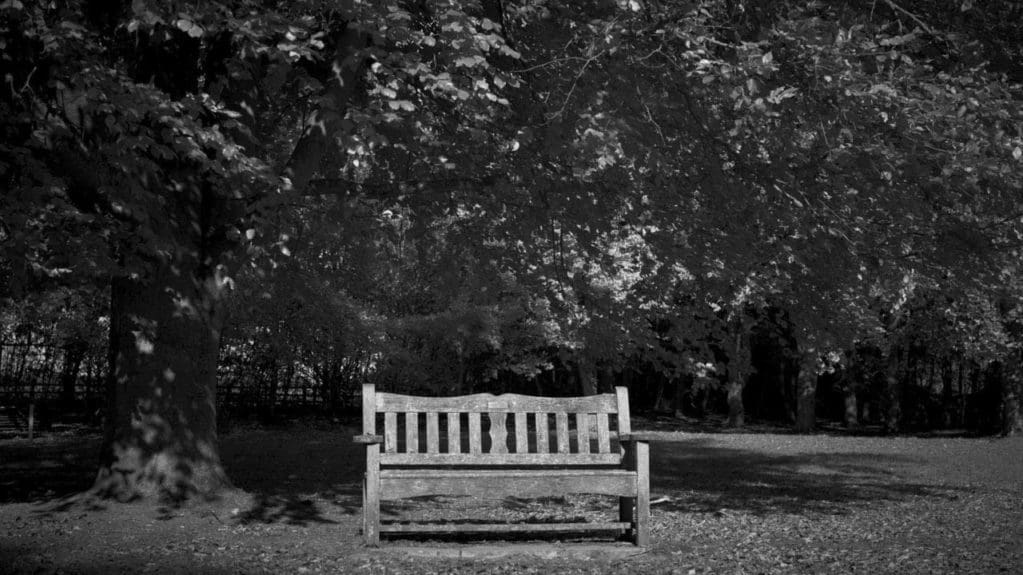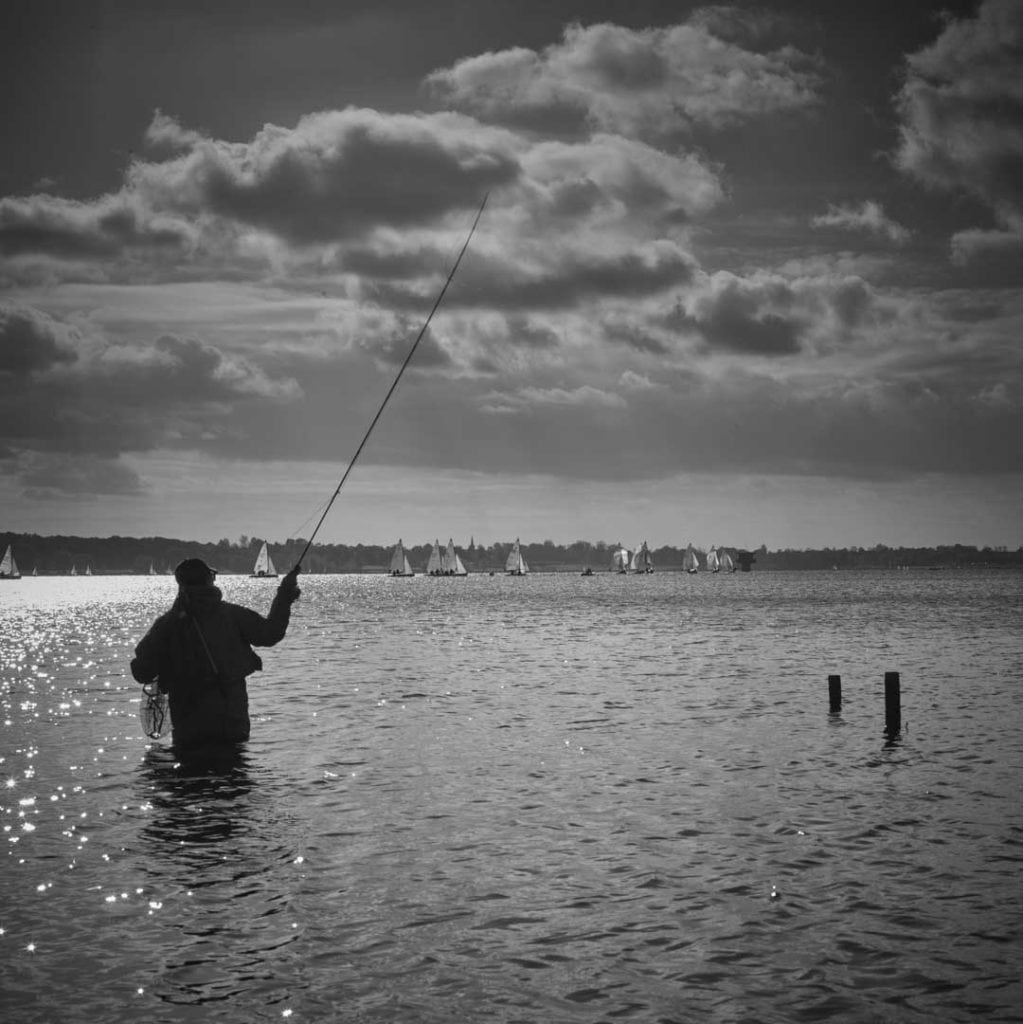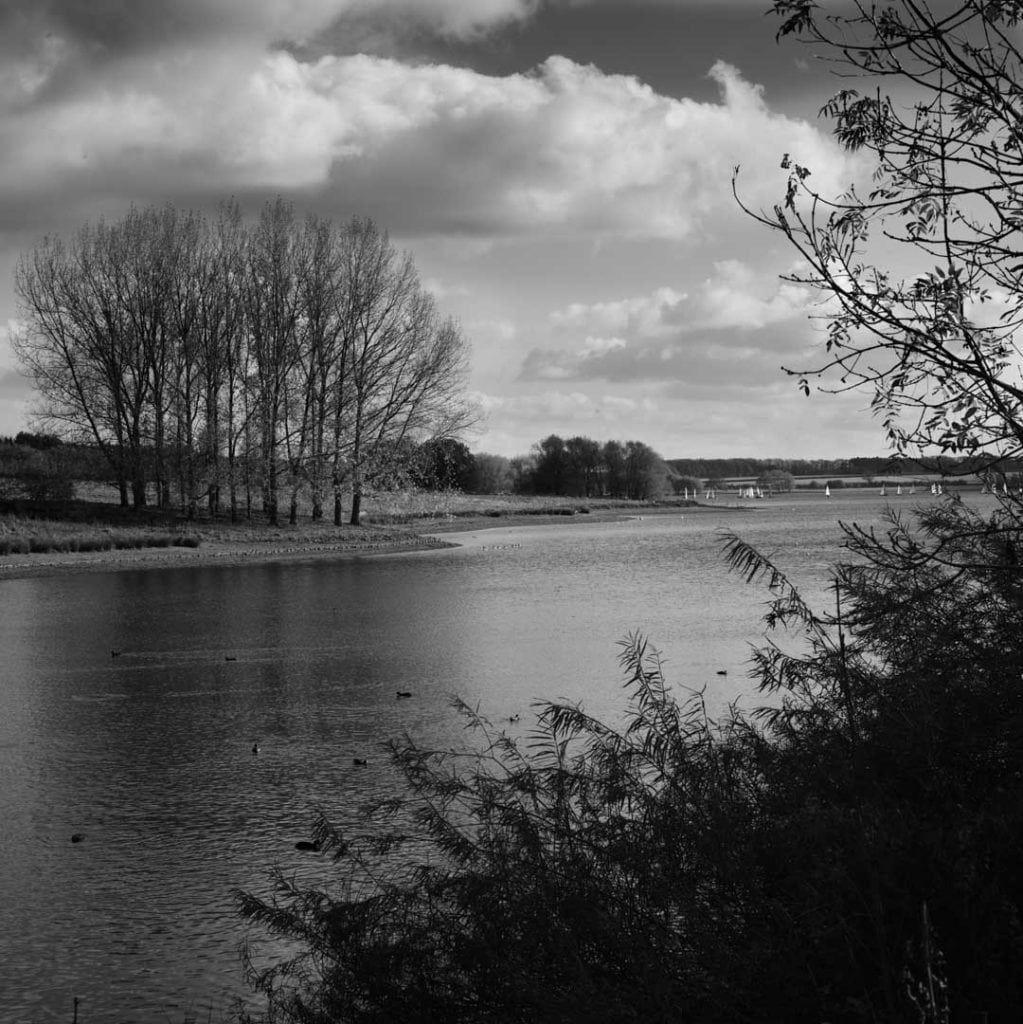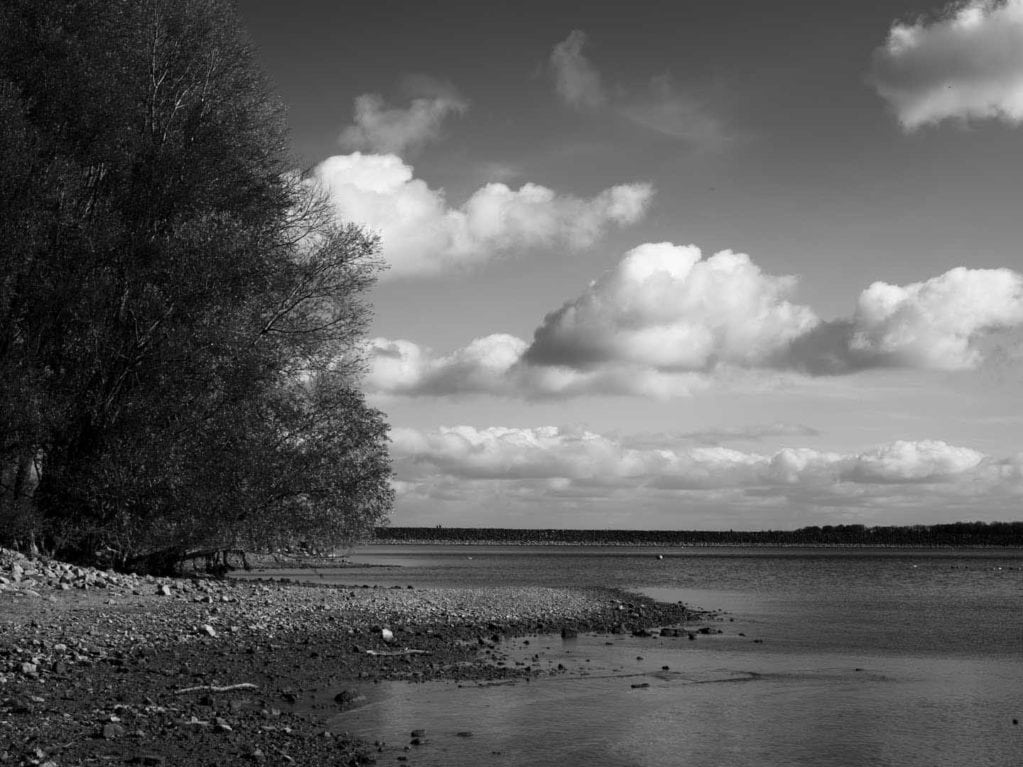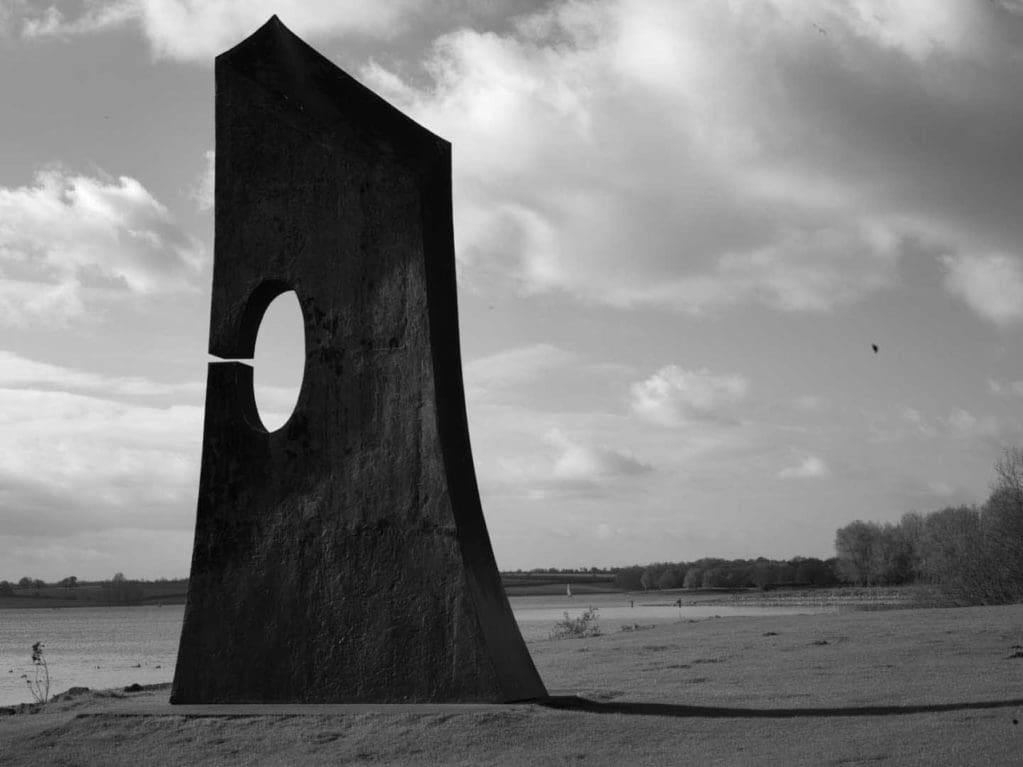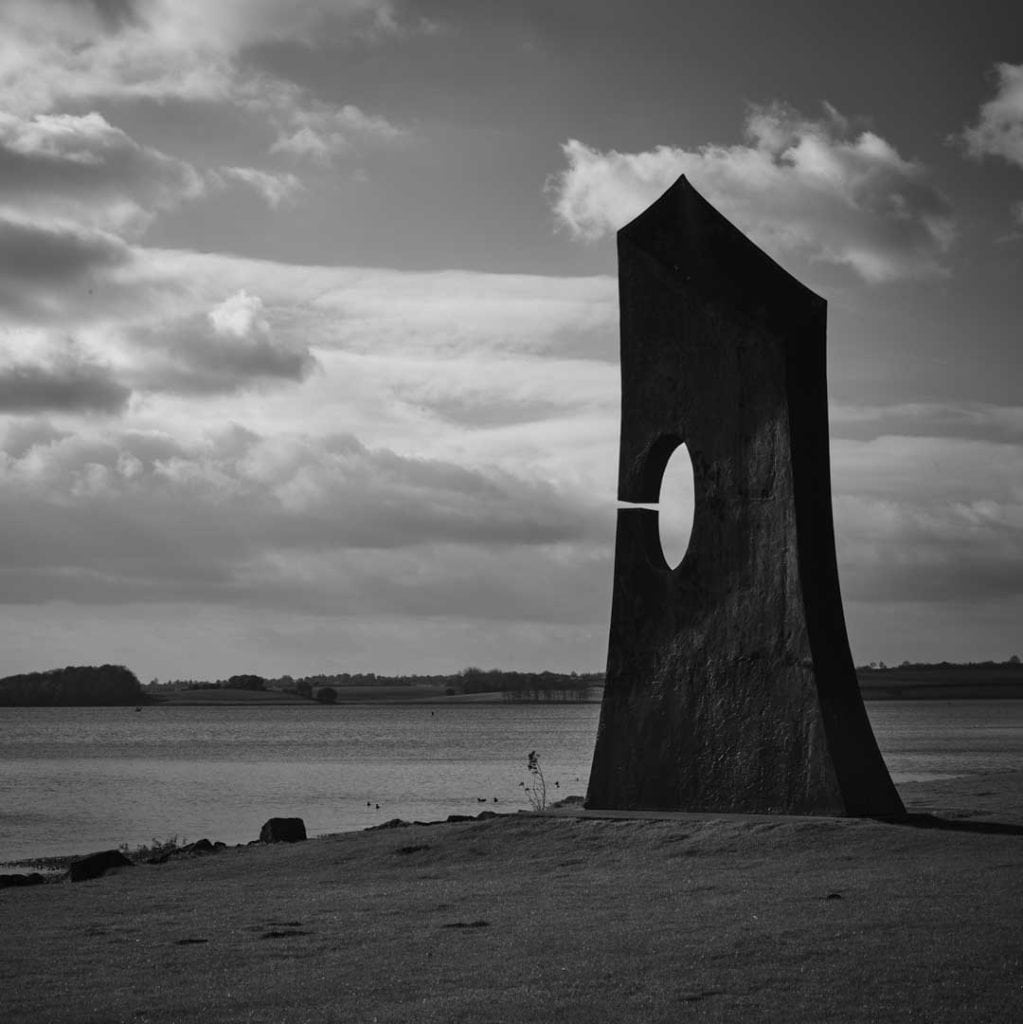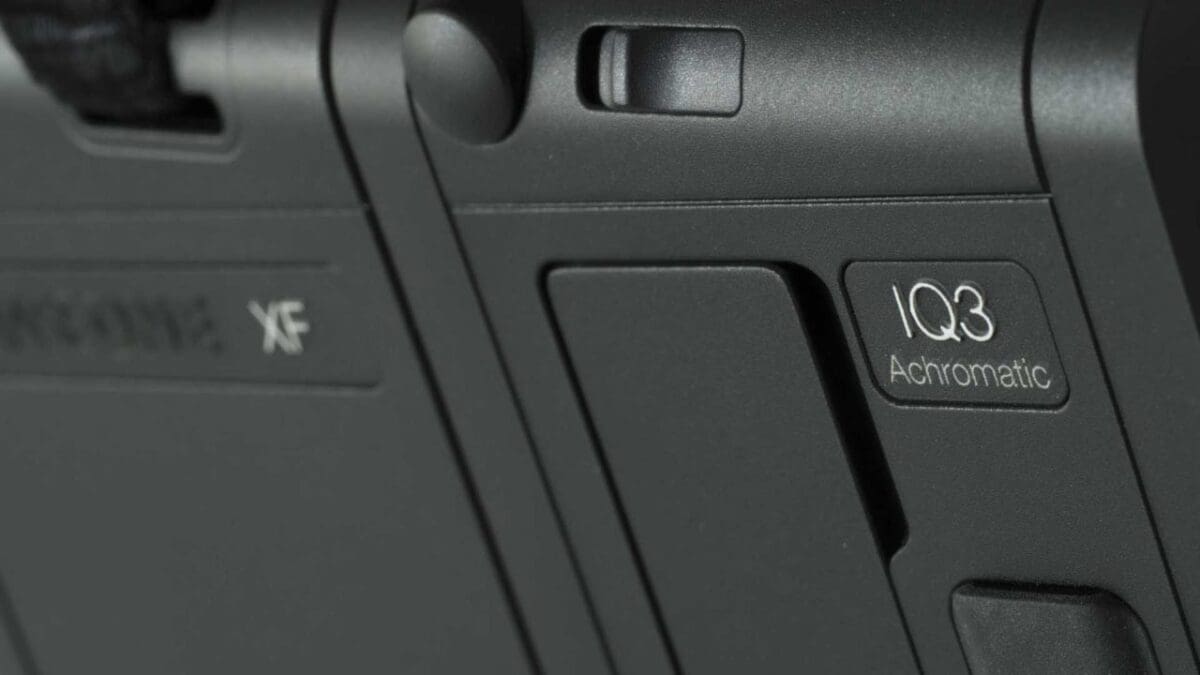What is the Phase One XF IQ3 Achromatic?
The Phase One XF IQ3 Achromatic is a medium format camera with a 100Mp sensor that only records black and white images.
Back in December 2016 I reviewed the Phase One XF100MP, a modular medium format camera with a 100-million-pixel back. The Phase One XF IQ3 Achromatic XF is the same camera body, with the same lens mount, but the back has a 100Mp sensor that only records black and white images.
Like the Lecia Monochrom, the Phase One IQ3 Achromatic sensor lacks the usual Bayer pattern RGGB colour filters. This means that each pixel records the brightness level without any light being lost through filtration. In addition, there’s no interpolation to create a full-colour signal so it’s possible to record more detail than in a colour image.
As I’ve already reviewed the camera, I’m going to focus on the IQ3 Achromatic back here.
For Phase One IQ3 Achromatic:
- Huge images
- Wide dynamic range
- Excellent detail reproduction
Against Phase One IQ3 Achromatic:
- High price
- Slow AF with poor low-light sensitivity
- Bulky, heavy camera system
Features
In the halcyon days of medium format film cameras, I had a Mamiya RB67 ProSD. Like many medium format cameras, that has a modular design so each part, the viewfinder, lens and the back that contained the film could be removed from the body that housed the mirror.
The idea behind the modular camera system is that in addition to the usual ability to swap between lenses, you can change between viewfinders and backs. You might change from a pentaprism viewfinder for example, to a waist-level finder. Having interchangeable backs was especially useful for professional film photographers because you could swap quickly between different film stocks, or, with hardly a moment’s pause, start a new roll of film in a fresh back while your assistant unloaded and reloaded the back you’d just been using.
With digital cameras, the ability to change backs tends to be seen more as a means to enable photographers to upgrade their camera without having to pay for the full system. Phase One, for example, has three IQ3 colour backs available, with resolutions of 50Mp, 80Mp and 100Mp. And now there’s the IQ3 Achromatic, which if we’re going to give its due actually has 101 million effective pixels.
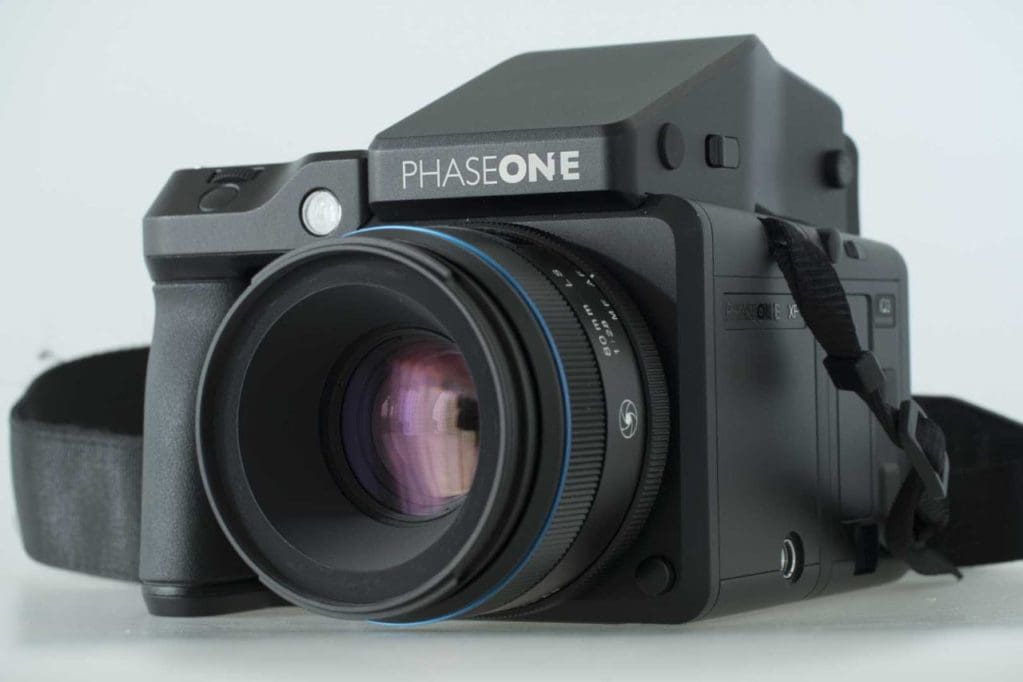
The Phase One IQ3 backs house more than just the sensor, there’s also a 3.2-inch 1,152,000-dot touch-screen which as well as being live view enabled (standard and Infrared), displays the menu to access features such as sensitivity.
The IQ3 100MP Achromatic Digital Back also has an electronic shutter and is capable to recording exposures of up to 60 minutes. In addition, there’s an HDMI output, a CF card port and Wi-Fi connectivity.
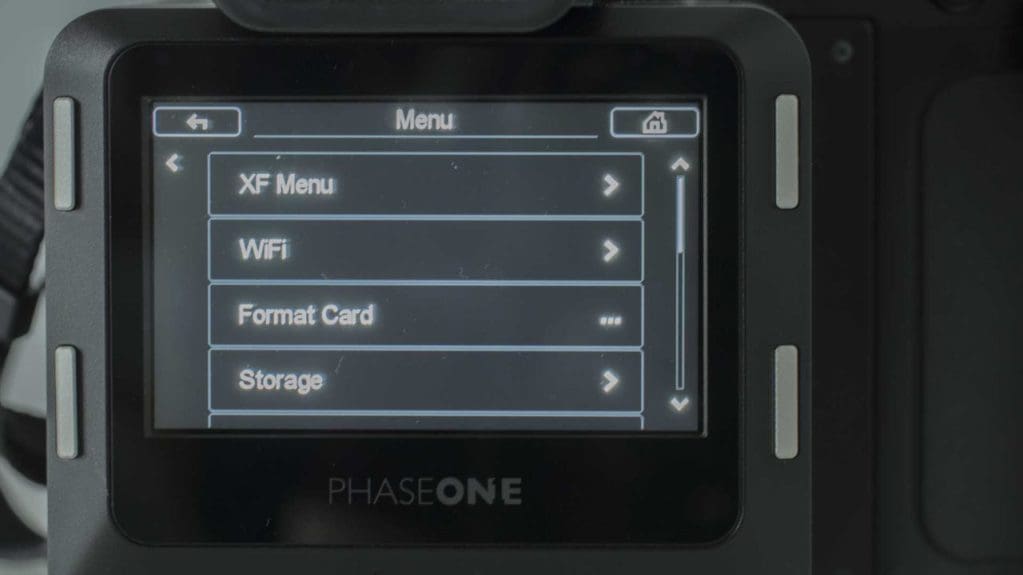
Build and Handling
Although the size of a medium format camera can be intimidating, the XF doesn’t take long to get used to using. There are four long buttons that sit around the screen on the IQ3 Achromatic back to facilitate navigating the menu and making setting selections.
If you want to see the live view image, you have to tap the Video icon.
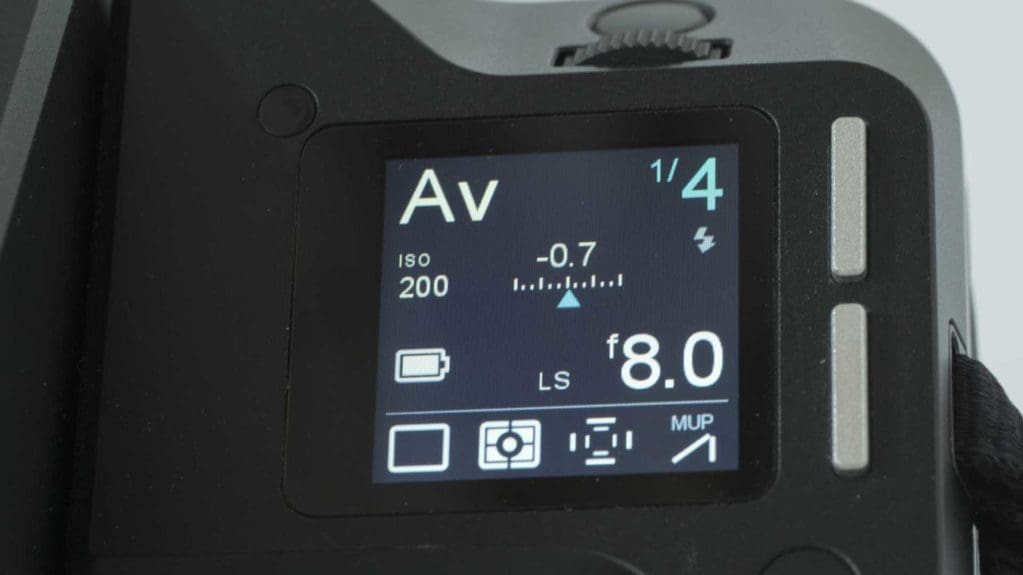
There’s also a small touch-screen on the camera body that lets you access options such as the electronic level and the seismograph that measures and displays whether vibrations have died down.
Although it’s a large, heavy camera that’s probably more at home on a tripod, the Phase One IQ3 Achromatic has a well-shaped, comfortable grip so you can use it handheld if you like. It’s also a very solid-feeling camera. The sort that would probably damage your toe more than itself if you dropped it on your foot.
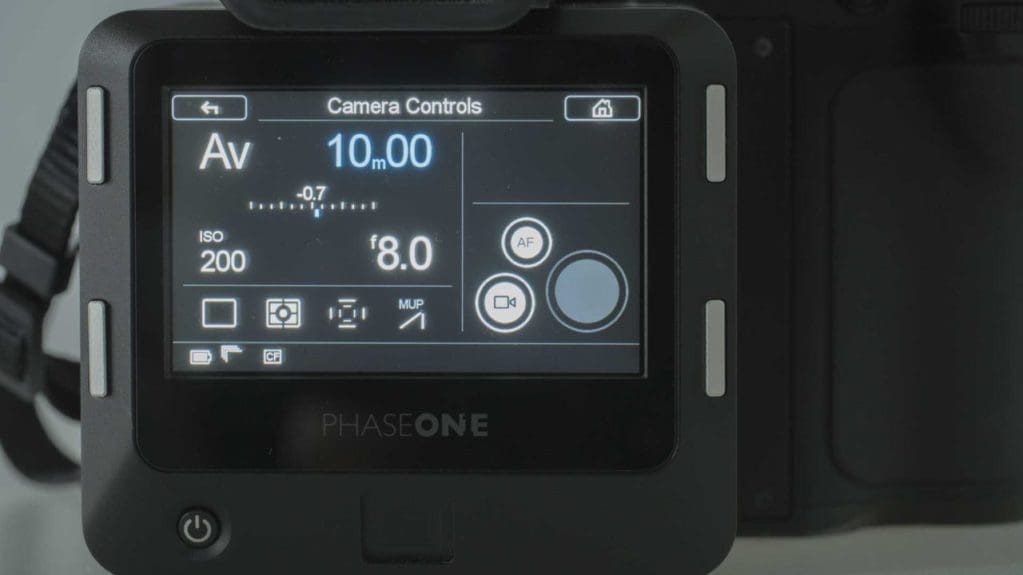
Autofocus
The autofocusing uses one central point, so in most instances, you’re likely to want to focus and recompose or use the camera’s Hyperfocal focusing system. Phase One has introduced a new Autofocus and Recompose (AFr) system that’s designed to ensure that the subject stays sharp when you do this with shallow depth of field.
The camera was supplied with a Schneider Kreuznach LS 80mm f/2.8 lens which is equivalent to around 50mm on a 35mm camera. Bearing in mind the camera format, it’s a relatively small, light lens but you shouldn’t expect it to focus with the speed that you might be used to with a 50mm lens on a small format DSLR. Light levels also don’t need to slip too far before the AF starts to struggle and you’ll be waiting as the lenses buzzes backwards and forwards trying to settle on a point.
Image Quality
While the Achromatic back has a sensitivity range of ISO 200-51,200, it’s far more likely to be used in the lower settings, and when it is, the details levels are incredible. The texture and detail of a granite cross in a churchyard, for example, is superb. It’s sharp and natural in appearance, while the fine thread of a cobweb looks completely lifelike.
If you do choose to push the sensitivity up then noise creeps into the image, but it’s not unattractive and naturally has no colour.
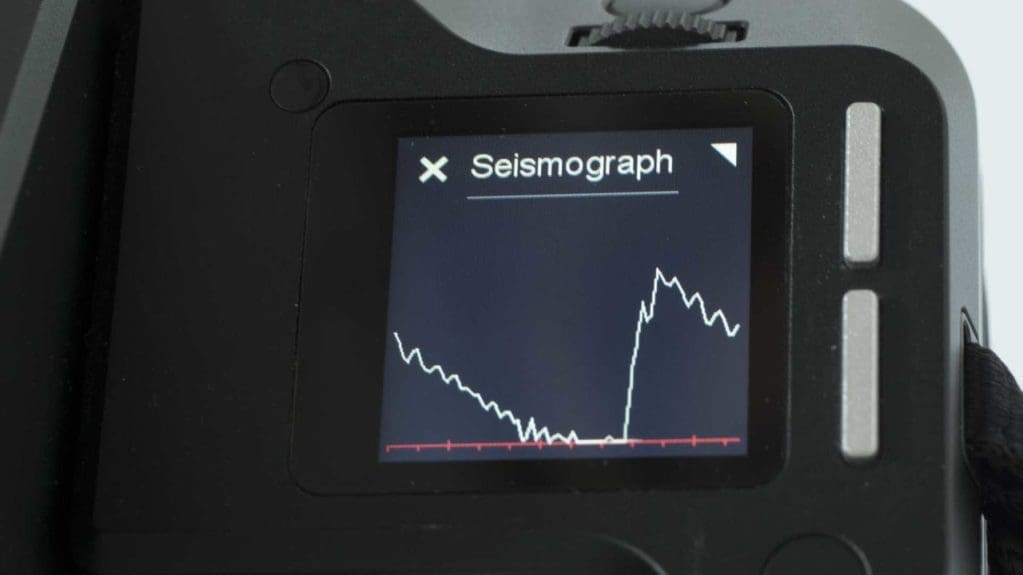
Aside from the high resolution and high light gathering potential, one of the reasons why many photographers like medium format photography is the control over depth of field that it brings. Shooting portraits with 80mm wide open reveals just how shallow that can be and careful focusing is essential. When you get it right though you’ll be able to see your subject’s contact lenses.
Phase One claims that the Achromatic has a 14EV dynamic range and I saw no reason to doubt it. with high contrast scenes being captured with a good range of tones and smooth gradations. Heavily underexposed images also can be made acceptable and there’s lots of potential to capture and reveal the full tonal range of a landscape.
Getting the look
Of course black and white photography is a form of image manipulation and the files that the IQ3 100MP Achromatic Digital Back produces are open to creative interpretation. Traditional coloured filters can be used to manipulate contrast by adjusting the relative brightness of different tones and long exposures can smooth out moving water – there’s even a mode to help you calculate the exposure with an ND filter.
Naturally, as the files have no colour, the edits that you apply to the raw files in Phase One’s excellent Capture One software are purely based upon brightness and contrast adjustment rather than colour channel manipulation. However, the local adjustment tools and the plasticity of the files give plenty of scope for creating the look that you want.
As with the Phase One XF 100MP that I reviewed previously, using the Achromatic can be something of a data gathering exercise. The camera gives clear warnings about exposure and provided you don’t see any magenta, you know you have the highlight detail. Areas that are highlighted in red can be recovered. You can use this information to dictate the exposures that you make and get the maximum amount of information for use in Capture One.

Verdict
With a price tag of $49,990 for the back alone or $54,990 with the XF camera and a Schneider Kreuznach Blue Ring lens, the IQ3 100MP Achromatic is clearly beyond the wildest dreams of most photographers. However, with such high-quality files and the ability to produce prints that measure 98.3 x 73.2cm at 300ppi, some high-end commercial and fine art photographers will find it gives them an advantage that could mean it pays for itself in a relatively short time.
Other photographers may choose to hire an IQ3 XF Achromatic kit for specific jobs.
However they choose to access it, these photographers will find the IQ3 XF Achromatic is a pleasure to use with an amazing combination of very clever modern technology that helps you get the very best from the high-quality lenses and an old-school medium format feel.
If there’s one area I’d like to see improved, though, it’s the autofocusing. Something a little more sophisticated, perhaps with more points and greater low-light sensitivity would be nice..
Phase One IQ3 Achromatic Sample Images
The images below were captured as raw files and then processed in Phase One’s Capture One 10 software. They’ve been reduced in size considerably for sharing here but if you follow the link you can browse and download full-resolution Phase One IQ3 Achromatic sample images. I’ve included the original versions of some of the images so you can see how they were captured.
